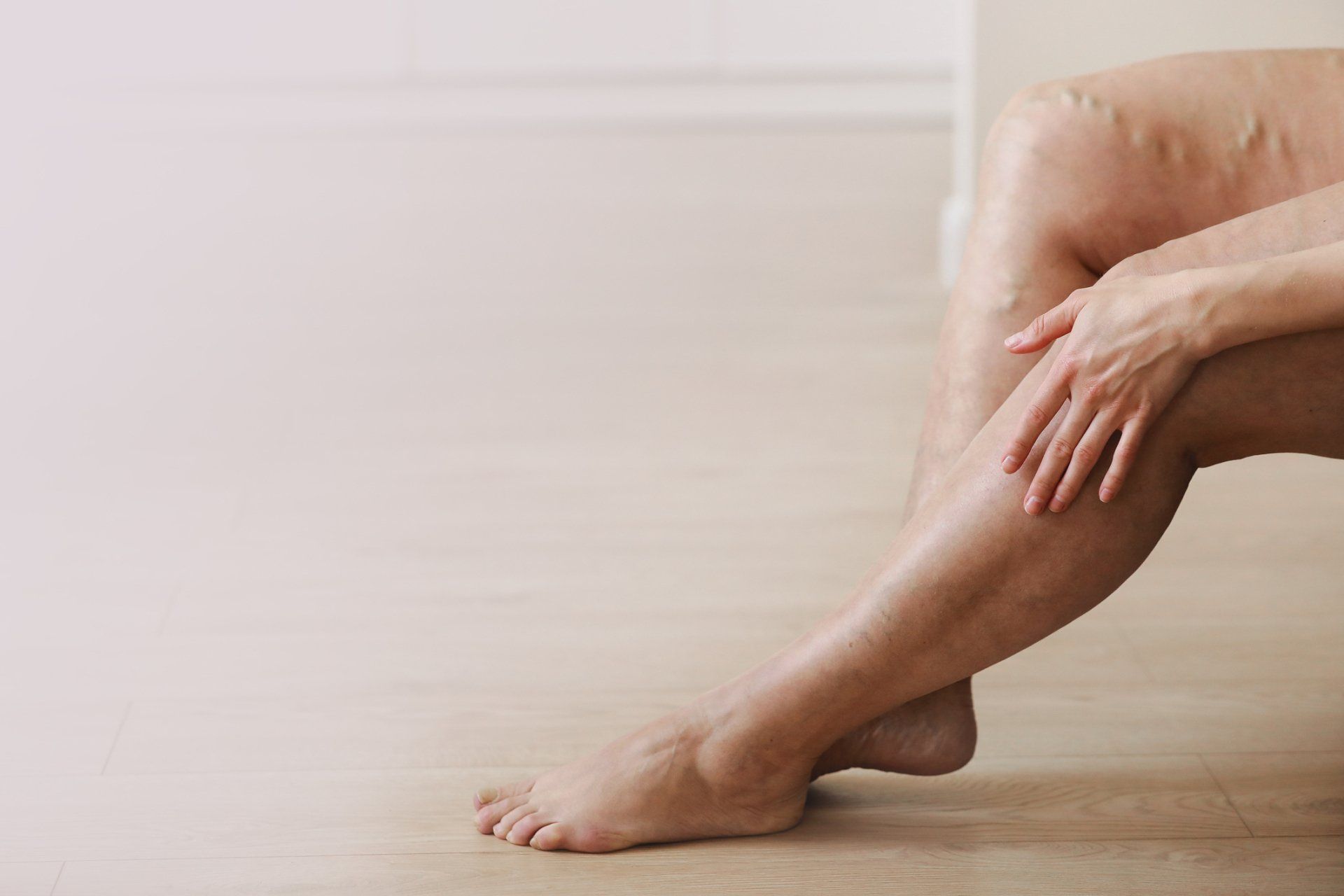Diabetic Foot Care Solutions
Diabetes is a condition which can place an individual at greater risk of developing serious foot problems. The problems are related to the systemic effect of diabetes on the lower limb which include:
- Decreased circulation to the feet (reduced blood supply)
Diabetes can affect the large arteries of the body by causing them to become narrower. If the large arteries of the leg are narrower, less blood reaches the feet resulting in a condition called peripheral vascular disease. Less blood means healing rates for wounds, cuts, abrasions are longer and therefore increase the risk of infections, making it more difficult for the body to fight those infections.
- Decreased sensory nerve function in the feet (reduced feeling in the feet)
Diabetes can affect the peripheral nerves of the body, the sensory or feeling nerves. In a condition called peripheral neuropathy the nerves in the feet are less able to sense damage to the feet. If a person with peripheral neuropathy cuts the bottom of the foot, they may not be aware of it and continue to walk on the injured area. The area may become increasingly damaged and infected with no warning signs that there is a problem.
Sydney City Podiatry provides comprehensive treatment and monitoring of diabetic feet.
Biannual foot check-ups - A diabetic foot assessment is needed every 6 months or more often if required. This is a vascular and neurological assessment that enables us to determine your foot status and potential risks for you. Vascular testing includes doppler readings and other cursory tests. Neurological tests used are the Australian Podiatry Association standard in diabetic neurological foot assessments. A client's GP and endocrinologist are forwarded results of the examinations.
Regular foot maintenance - Once your foot status is determined, regular foot care may be conducted by us on an ongoing basis. This can include cutting of nails to prevent cuts and ingrown nail problems, removal and debridement of problem corns or callus and other routine foot advice. For many, these services are claimable under Medicare.
We diagnose and treat the following diabetes related foot problems:
Calluses
Calluses (Hyperkeratosis) are a build-up of thick skin on the foot caused by friction in high pressure areas of the foot. This complaint is often accompanied by corns and can be mildly uncomfortable to painful and debilitating.
Calluses often appear on the bottom of the foot around the forefoot, as well as the heel and around the sides and tips of the toes. If calluses are left untreated, they can interrupt the vascular blood supply to the area and ulceration may result. It is recommended that people with diabetes are regularly screened and treated accordingly to prevent the development of a callus that can cause ulcerations.
We provide the following solutions:
- Complaint removal
- Advice to prevent the reoccurrence of this complaint
Corns
Corns (Heloma Dura and Heloma Molle) are painful lesions/spots of thickened skin on the foot caused by friction in high pressure areas of the foot.
Hard corns (Heloma Dura) appear on the top and sides of toes often secondary to footwear pressure and also along the bottom of the foot. Soft corns (Heloma Molle) in most cases appear between the fourth and fifth toes. These have an unbearable stinging sensation and are extremely uncomfortable.
If corns are left untreated, they can become very painful and may interrupt the blood (vascular) supply to the area and cause an ulcer. It is recommended that people with diabetes are regularly screened and treated accordingly to prevent the development corns that can cause ulcerations.
We provide the following solutions:
- Complaint removal
- Advice to prevent the reoccurrence of this complaint
Ingrown toenails
An ingrown nail (Onychocryptosis) will occur when a portion of the nail forms a jagged edge (spicule) and begins to protrude into the surrounding tissue as the nail grows. Ingrown toenails are one of the most common reasons a client seeks the services of a podiatrist. They may occur because of poor nail cutting, direct trauma to the area, running in poorly fitted footwear or they may be due to a genetic predisposition which means the nails are too wide or too curled (involuted).
Ingrown toenails should be treated as quickly as possible as infection often occurs. Whilst antibiotics may sometimes be required, they alone are generally not a long-term solution for the problem. The nail spicule must be removed, as leaving it will not allow the wound to close and the area is likely to become infected or painful again.
We provide the following solutions:
- Removal of the spicule. Following this, nail retraining is required to help the nail grow out past the skin fold or the problem will reoccur some months later. Thus, retraining of the problem nail is a vital part of solving the problem permanently.
- In persistent and severe cases nail surgery or a partial nail avulsion may be required. This is a minor surgical procedure conducted under local anaesthetic in the podiatry rooms. A narrow problematic portion of the nail is removed using a strong alcohol solution to prevent any nail regrowth in the problem area. This is a permanent solution and has a success rate of over 95%.
- We also offer advice to prevent recurrence of the problem.
For professional diabetic foot care and treatments, contact Sydney City Podiatry today to book an appointment.
